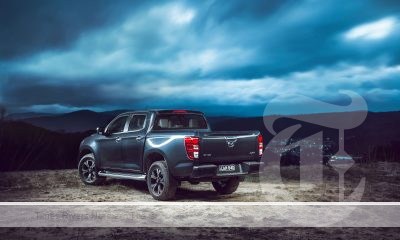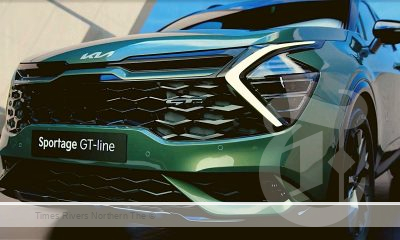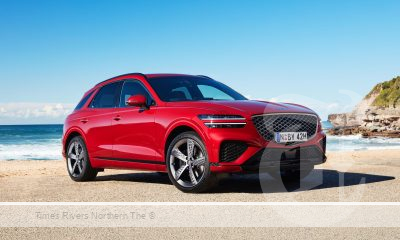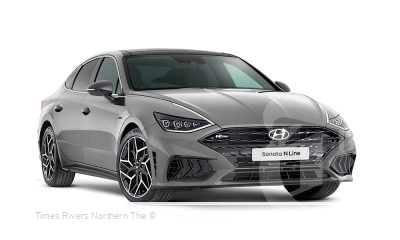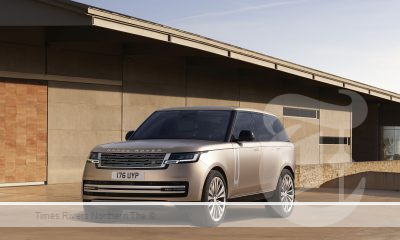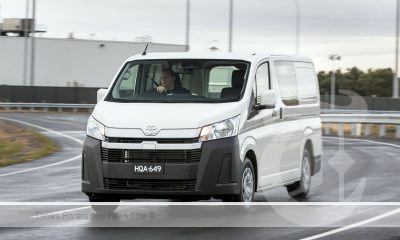AUDI A4 2008 – 2020
By EWAN KENNEDY
For too many years the Audi 4 was regarded by the public as a second division player in the prestige German market. That’s now pretty well changed and Audi is now seen as one of the big three alongside Mercedes and BMW.
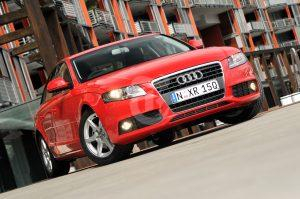
2008 Audi A4 sedan
The Audi A4 is sold in a big variety of bodies; sedan, a two-door cabriolet and an Avant station wagon. A further variation is the A4 allroad quattro. Based on the Avant it has increased ground clearance, as well as added body and underbody protection, it’s certainly not an off-roader, but as the name suggests it can be used on all roads, be they sealed or not.
Most Audi A4s are unusual in this class in having front-wheel drive. However, many of the high-performance versions use Audi’s ‘quattro’ all-wheel-drive system for improved handling and acceleration.
Interior design is a longtime hallmark of the Audi marque and the A4 has the sort of quality you normally associate only with top-grade furniture.
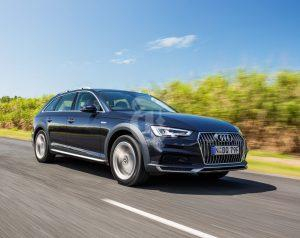
2016 Audi A4 Avant wagon
Space efficiency isn’t as good as you would anticipate from a front-drive car, because the engine is set a fair way back. The rear seats may not be suited to large adults if the front seats are set well back. Later models are better than the original ones, the B8 series arrived here in April 2008 and is larger in all dimensions. It’s still best to take along all those who may be using the rear seats during your pre-purchase road test.
The Audi A4, B9 series, was launched Downunder in stages from February 2016. It is larger in every important dimension, particularly in interior space. Cleverly it is lighter than the smaller B8 as it’s built on the MLB platform. It also has even more aluminium components than in previous models. It’s well worth buying a B9 rather than a B8 if your budget is up to it
These mid-sized Audis are sold in a bewildering range of engines, with four, six or eight cylinders, fuelled by either petrol or diesel. Naturally all the diesels are turbocharged, but an increasing number of petrol engines also get force feeding. The turbos are generally there to reduce fuel consumption, but some sporting turbo variants are set up to squeeze a lot of extra power out of the engine.
Automatic transmissions come as conventional torque-convertor units, as well as double-clutch and continuously variable CVT S tronic systems.
Audi was an early adopter of tiptronic automatics, with the driver able to use manual-type overrides when they felt the computer had got it wrong.
The front-heavy mechanical layout makes for more understeer than we like in early models, but Audi answered criticisms over the years and later models are better balanced. That’s due mainly because of suspension changes, but also due to electronic assistance braking individual wheels as required.
Insurance costs for the Audi A4 are often a little higher than average for its class – even more so for the full-on sports variants. Young and/or inexperienced drivers may be charged very high premiums.
These Audis are complex machines and the amateur mechanic shouldn’t attempt anything more than the most basic servicing. Audi’s Australian dealer network is well established, though relatively limited.
We have heard of no real complaints of parts availability or pricing. Naturally some unusual spare parts may have to be ordered in, perhaps from Germany, but this shouldn’t take more than a few business days.
The Audi S4 and RS4 are sports variants of the A4, though considerably more expensive. They feature significantly more engine performance, revised suspension, steering and braking systems.
You may also care to look at the Audi A5 range of sporty, coupe-like models that share many mechanical components with the A4.
WHAT TO LOOK FOR
Interiors feature quality materials and are built to a very high standard. But it’s smart to check out their condition as repairs can be pretty expensive.
An engine that has done a lot of work or which hasn’t been serviced correctly may prove difficult to start and blow smoke from the exhaust when accelerated hard. Get a professional’s opinion if there’s even the slightest doubt as repairs aren’t cheap.
If an A4 high-performance turbo engine has a high-pitched whining sound it may have been thrashed. Again, be very wary.
Automatics had problems in some earlier A4s. Check that all gear changes are smooth and quiet and that the transmission doesn’t change up or down unnecessarily. The Australian importer usually fixed cars under warranty, even outside the normal warranty period.
Audis have exceptional corrosion protection and are unlikely to ever give trouble. It’s still wise to have a good look over the car in case it has been incorrectly repaired after a crash.
HOW MUCH?
Expect to pay from $4000 to $7000 for a 2008 Audi A4 1.8T quattro Avant; $8000 to $13,000 for a 2011 2.0 TDi; $11,000 to $16,000 for a 2009 3.0 TDI quattro sedan or a 2014 2.0 TFSI; ; $14,000 to $21,000 for a 2012 3.0 TFSI; $18,000 to $25,000 for a 2017 2.0 TFSI Avant S-Line; $21,000 to $29,000 for a 2016 2.0 TFSI; $25,000 to $33,000 for a 2016 TDI quattro; $30,000 to $41,000 for a 2017 2.0 TDI quattro; $37,000 to $48,000 for a 2018 2.0 TFSI quattro; and $45,000 to $59,000 for a 2020 40 TFSI.
CAR BUYING TIP
It makes sense to shop around for finance before looking for a used car. That way you can avoid the pressure that sales people who stand to get a kickback from financiers.
RECALLS: To browse recalls on all vehicles go to the ACCC at: www.productsafety.gov.au/products/transport/cars/
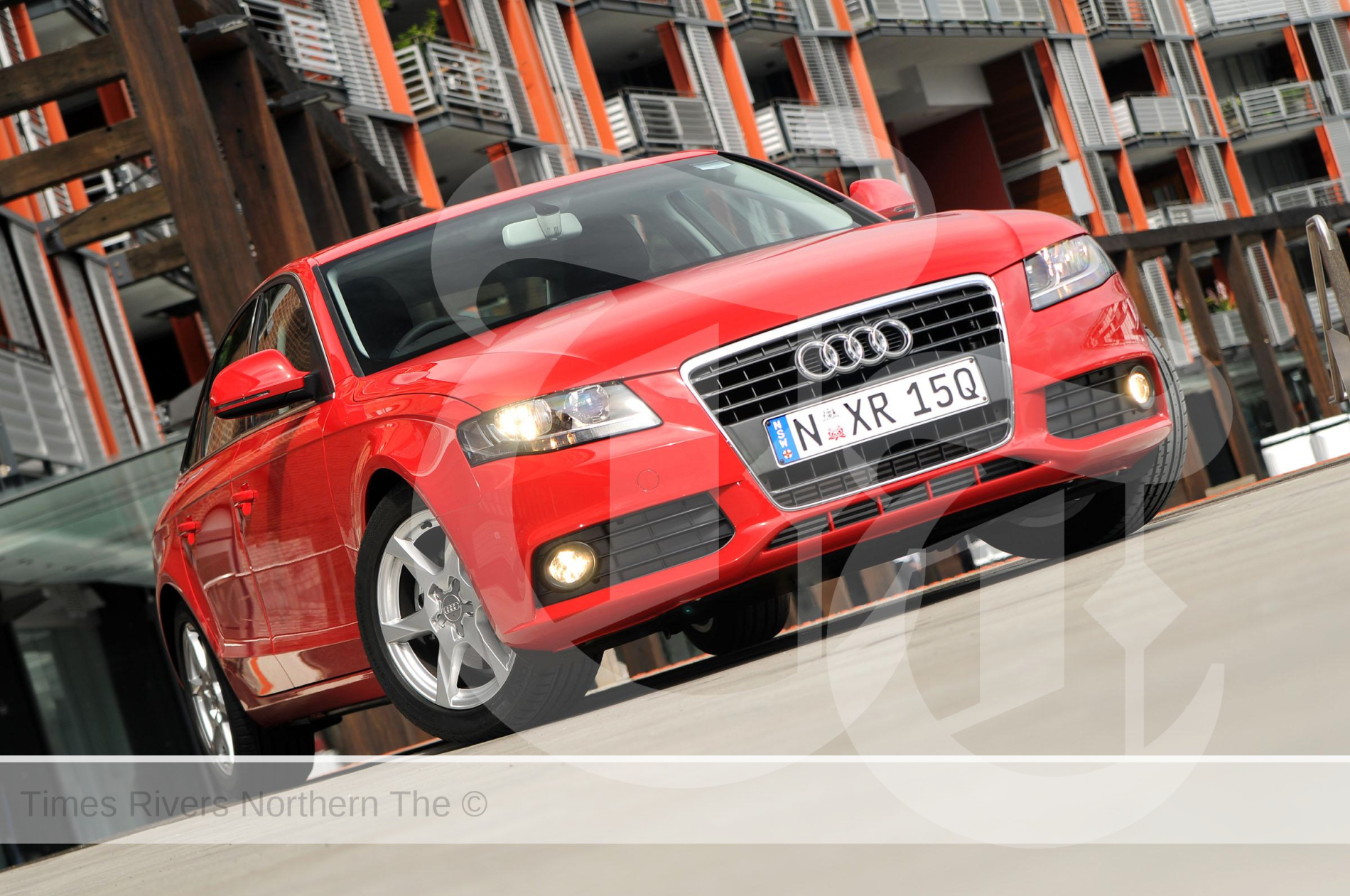




 Tweed Shire News2 years ago
Tweed Shire News2 years ago
 Motoring News2 years ago
Motoring News2 years ago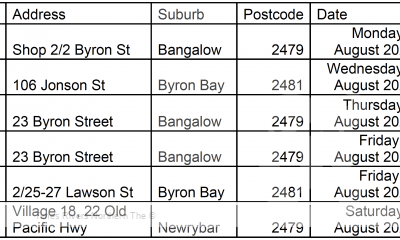
 COVID-19 Northern Rivers News3 years ago
COVID-19 Northern Rivers News3 years ago
 COVID-19 Northern Rivers News3 years ago
COVID-19 Northern Rivers News3 years ago
 Northern Rivers Local News3 years ago
Northern Rivers Local News3 years ago
 Health News3 years ago
Health News3 years ago
 COVID-19 Northern Rivers News3 years ago
COVID-19 Northern Rivers News3 years ago
 NSW Breaking News3 years ago
NSW Breaking News3 years ago








